Top 19 Terminal Cancer Repurposed Drugs: Ranked by AI - Dr Justus Hope
Keep in mind, AI may change the order of these rankings in the future as it learns more—ideally by incorporating new scientific knowledge rather than industry-driven programming. However, what AI cannot do is erase the reasoning it used to generate today’s rankings. Please review the following screenshots closely to understand exactly why AI ranks certain repurposed drugs above others.
As background, some repurposed drugs are more effective for cancer prevention, while others show greater benefit when added to active treatment.
Typically, adding repurposed drugs to standard cancer therapies results in improved outcomes—such as faster tumor shrinkage or reductions in cancer biomarkers like PSA, CA 125, or CEA.
In early-stage cancers (Stage 1–3), it can be difficult to determine whether the benefit comes from standard treatments (surgery, chemotherapy, radiation) or the addition of repurposed drugs.
 |
| Table Courtesy of Dr. Marik and Cancer Care |
Take the cases of Joe Tippens or Kevin Hennings - one had Stage 4 NSCLC and the other Stage 4 Colon Cancer. Both were sent home for Hospice Care and told to get their affairs in order. And both began repurposed drug protocols as a last resort. Both achieved NED - the remarkable category of “No Evidence of Disease” where their scans showed no more evidence of cancer. When this occurs in metastatic cancer, it is tantamount to a miracle for those patients and their families.
In this article, I employ AI to rank 19 repurposed drugs and supplements by effectiveness against metastatic cancer. To add perspective, I added a top-ranked immunomodulator drug, the drug Lenalidomide, also known as Revlimid which I previously reviewed through an interview between Dr. John Campbell and Oncology Research Professor Angus Dalgleish.
Revlimid happens to be a number one blockbuster cancer drug used throughout the world at a per patient cost of around $ 160,000 per year, yet at the time of this writing AI ranked it in the bottom half of these repurposed drugs.
Here are the rankings from bottom to top. Let us begin with numbers 16 through 19.
- Annatto is part of the Kevin Hennings protocol. It is the richest known source of tocotrienols, a type of vitamin E.
- CBD oil was part of the Joe Tippens protocol. It is widely recommended by some Oncologists including Dr. William Makis.
- Vitamin D is quite important in cancer prevention, but its effectiveness against metastatic cancer according to AI is less.
Here we see more effective anti-metastatic repurposed drugs; however they all rank below Lenalidomide, which leads these four at #11.
In 2015, the FDA approved Revlimid as a first-line treatment for patients with newly diagnosed multiple myeloma.
Metformin is typically used to treat diabetes but has shown potential in preventing and treating cancer. It was one of the main repurposed drugs discussed in my 2020 book, Surviving Cancer COVID-19 & Disease: The Repurposed Drug Revolution.
Many physicians know about Metformin’s health-promoting properties, including its anti-inflammatory and anti-aging effects, and many non-diabetic physicians take it for that reason.
Resveratrol is an antioxidant that is abundant in red wine. It has powerful cancer preventive properties but is not as effective in treatment.
Cimetidine on the other hand has powerful anti-metastatic effects through immune modulation, and there have been documented remissions in Renal Cell Cancer. In addition, there have been PubMed reports of benefit in advanced colon cancer.
Propranolol has the interesting effect of helping prevent post-surgical metastases. Dr. Marik advises using propranolol in conjunction with celecoxib and cimetidine before scheduled surgery or biopsy to reduce the risk of cancer spread.
The following repurposed drugs ranked #5 through #10:
Here we see at #10 one of my favorites, the drug Doxycycline. The late Dr. Jackie Stone employed this against COVID-19 along with Ivermectin to great benefit in saving many of her patients.
Doxycycline is typically used as a tetracycline antibiotic against various common infections like respiratory, bladder, and eye. However, it has even more impressive activity against bioweapon or gain-of-function infections like Anthrax, Plague, Sars, Rocky Mountain Spotted Fever, Lymes Disease, etc.
However, as AI astutely observed, Doxycycline is versatile as a cancer drug, especially in the treatment of advanced disease. AI rates it higher than Revlimid which is ranked at #11, yet its price tag is much lower than $ 160,000 per year. One can purchase 14 tablets of 100mg Doxycycline tablets for $ 7.95 with a discount card.
Chloroquine and Hydroxychloroquine [HCQ] are ranked #8 and #9. HCQ is routinely used to treat Lupus and Rheumatoid arthritis. It is effective in many cancers including gastric, prostate, breast, brain, melanoma and liver.
Green Tea is rich in EGCG, and it has effect against various cancers such as breast, prostate, colon, gastric and esophageal. It can be useful for both prevention and treatment. It is also can be used in treating advanced cancers, especially in combination with standard chemotherapy because it enhances its effect.
As Dr. Marik reports in Cancer Care, Green Tea acts on multiple cancer mechanisms including the tumor microenvironment, angiogenesis, immune modulation, and CSCs via Hedgehog and WNT. It also blocks metabolic pathways in the mitochondria including those involving glutamate. It suppresses metastases by inhibiting matrix metalloproteinases and it opposes EGFR.
As Dr. Marik wrote in his reference guide, Cancer Care:
AI ranks Melatonin at #6 for advanced cancer, and this drug is often advised by Dr. Makis as part of his protocol. Dr. Marik ranks it #3 in Cancer Care due to the sheer number of pathways it blocks, even more mechanisms than Green Tea.Green tea catechins may be effective against a range of tumors including cancers of the prostate, breast, uterus, ovary, colorectal, lung, liver and gallbladder as well as glioblastoma and melanoma. (242) GTCs appear to be particularly beneficial for prostate cancer as well as breast cancer. (309, 313, 767-770, 783, 788)
Now we arrive at AI’s top four repurposed drugs at combating the worst Stage 4 cancers:

Curcumin and Cancer
The #2 spot is held by spicy Curcumin, a derivative of Turmeric. However, the compound, despite its anti-cancer activity is difficult to use as it is poorly absorbed, and often special formulations are required to improve its bioavailability. Moreover, it can have some side effects, and in particular can interfere with anticoagulant drugs. With that said, it can improve the effectiveness of existing chemotherapeutic agents.Dr. Marik writes in his Cancer Care book:
“In dose escalation studies, up to 10 g of curcumin taken daily has been shown to be well tolerated. Patients with breast cancer taking 6 g/day of curcumin for 7 weeks, and patients with prostate cancer who took 3 g/day of curcumin for 9 weeks exhibited no adverse effects. [301,353,389] Curcumin (turmeric) may be beneficial for the following types of cancer: colorectal, lung, pancreatic, breast, prostate, chronic myeloid leukemia, liver, gastric, brain tumors, ovarian, skin, head and neck, lymphoma, esophageal and myeloma. (680, 698)”
In reviewing this material with Dr. Paul E. Marik, perhaps the world authority on repurposed drugs for cancer care, we unearthed a Galectin-3 inhibitor, citrus pectin. And this compound had intriguing evidence for suppressing a great many diseases including cancer. But a search of Galectin-3 revealed this molecule was the common denominator in a multitude of diseases such as dementia, heart disease, cancer, fibrosis, immune dysfunction, HIV, gut dysbiosis, sepsis, spike protein disease, etc.
Galectin-3 is currently the subject of intense research and may be the key to protecting our health now, in the Post Pandemic and mRNA “vaccine” era.
Galectin-3 is a marker of disease and rises in most Stage 4 cancers. It is elevated in dementia and Alzheimer’s Disease. It is also elevated in heart disease.
Lowering Galectin-3 levels is of the utmost importance. My readers already know that Modified Citrus Pectin (MCP) can lower these levels because MCP contains a molecule, rhamnogalacturonan I, that binds with Galectin-3 and inhibits its activity.
Interestingly, orange peels contain a high concentration of pectin, about 30% by weight, and this pectin is high in rhamnogalacturonan. A study by Hakim revealed that a population who consumed orange peels had a 34% lower incidence of squamous cell cancer.
Hakim attributed this to the high concentration of d-limonene contained in orange peels, while it may be more related to the rhamnogalacturonan content and Galectin-3 blocking activity.
When I researched the natural suppressor of Galectin-3 levels, the answer, in addition to citrus pectin was Curcumin.
AI ranked Curcumin the #2 drug in terms of number of terminal cancer pathways blocked, higher than both Mebendazole and Fenbendazole and second only to Ivermectin. And Curcumin’s ability to inhibit Galectin-3 now is well known and can partially explain this ranking.
While the lack of Curcumin bioavailability is a potential obstacle, the nano-curcumin forms can overcome this problem. Another way to improve the absorption of Curcumin is to take it with black pepper.
Dr. Marik writes this in his reference book, Cancer Care, concerning the dosing of Curcumin.
“Curcumin has been characterized as “generally safe” by the US Food and Drug Administration (FDA). (727) No toxicity is seen for doses of up to 8–10 g/day. (695, 696, 698, 712, 728, 729)
However, diarrhea can be a frequent side effect, especially if the daily dose exceeds 4 g. (695) Hepatic injury (hepatitis) is a rare complication and therefore liver function tests should be monitored during long-term use. (730) Curcumin does not appear to have any overt negative effects, but it has been noted that this compound can inhibit several cytochromes P450 subtypes, including CYP2C9 and CYP3A4. (698, 731)
Consequently, curcumin has been reported to interact with several different drugs, including antidepressants, antibiotics, and anticoagulants like coumadin and clopidogrel. (698, 732) Curcumin has anticoagulant effects and may prolong bleeding in people using anticoagulants. (698, 733)”
What is best way to increase one’s Curcumin levels?
And Curcumin helps with all sorts of disease, not just cancer.
Fenbendazole and Cancer
Fenbendazole is no surprise at #3 and is at the heart of Kevin Hennings and Joe Tippens protocols. Tippens famously did not change his diet significantly yet survived a cancer that some 1000 others in his MD Anderson study group did not.Hennings is alive and well after being sent home to die. However, he improved on the Tippens Protocol by adding Ivermectin and diet and lifestyle changes.
I describe his story in the Desert Review after Kevin decided to follow his religious sister’s advice and take Fenbendazole. He suffered from Stage 4 Colon cancer and following all the standard surgery, chemotherapy and radiation, he was discharged from the Moffett Cancer Center and sent home for hospice care.
During the long drive home, he had a gut-wrenching three-way telephone call with his two sisters about what he should do. One sister, a nurse, broke down crying in despair. The other, deeply religious, offered him hope and told him the story of a man from her church who took Fenbendazole.
After ridiculing his religious sister for suggesting he take a veterinary medication and hanging up the phone, he did some soul searching and called her back. And he decided to take a leap of faith and try it. Within 6 weeks of beginning the protocol, a scan recorded a 50% tumor shrinkage. Eight weeks later the cancer had disappeared. He was declared NED - no evidence of disease. Over the past three years Hennings has run a Facebook page and shared his results with the world.
Ivermectin and Cancer
Kevin Hennings’ updated full protocol is discussed here.Ivermectin and mebendazole, both approved for human use, are now available in the U.S.
Researched and approved by Dr. Peter McCullough.
- Prescribed by licensed medical professionals
- Compounded and dispensed by a licensed US-based pharmacy
- Approved for human use
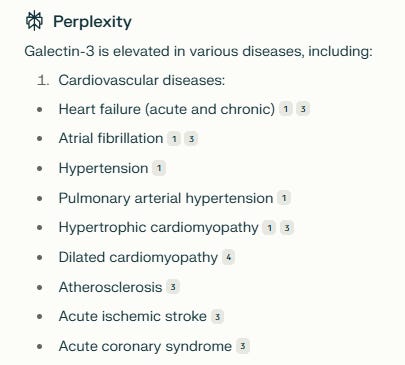
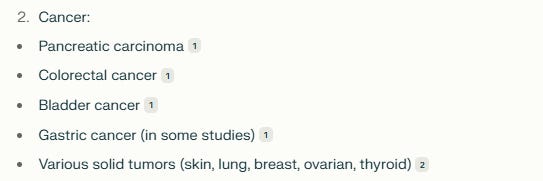


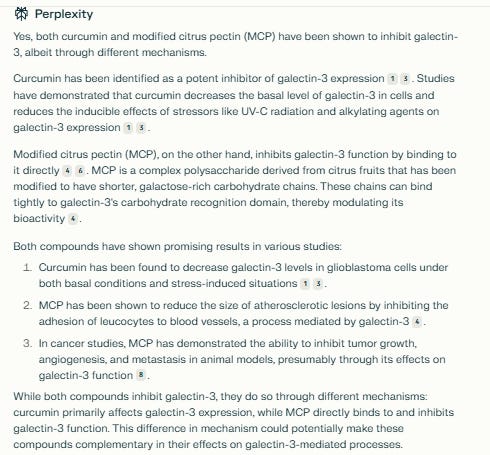
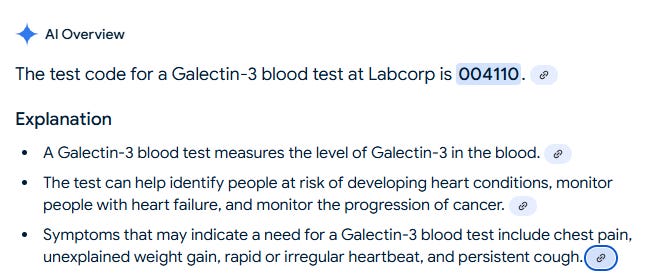

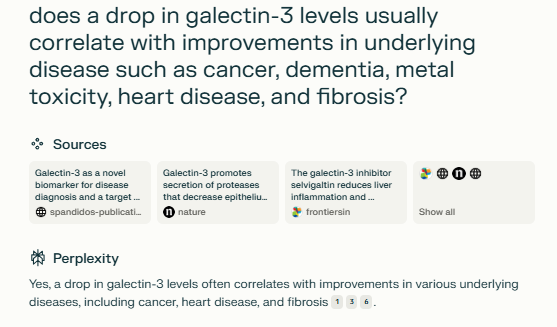
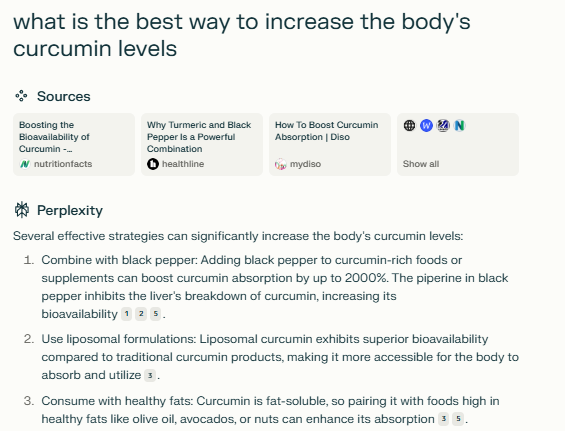



.png)
.png)





.png)
Thank you!
ReplyDelete